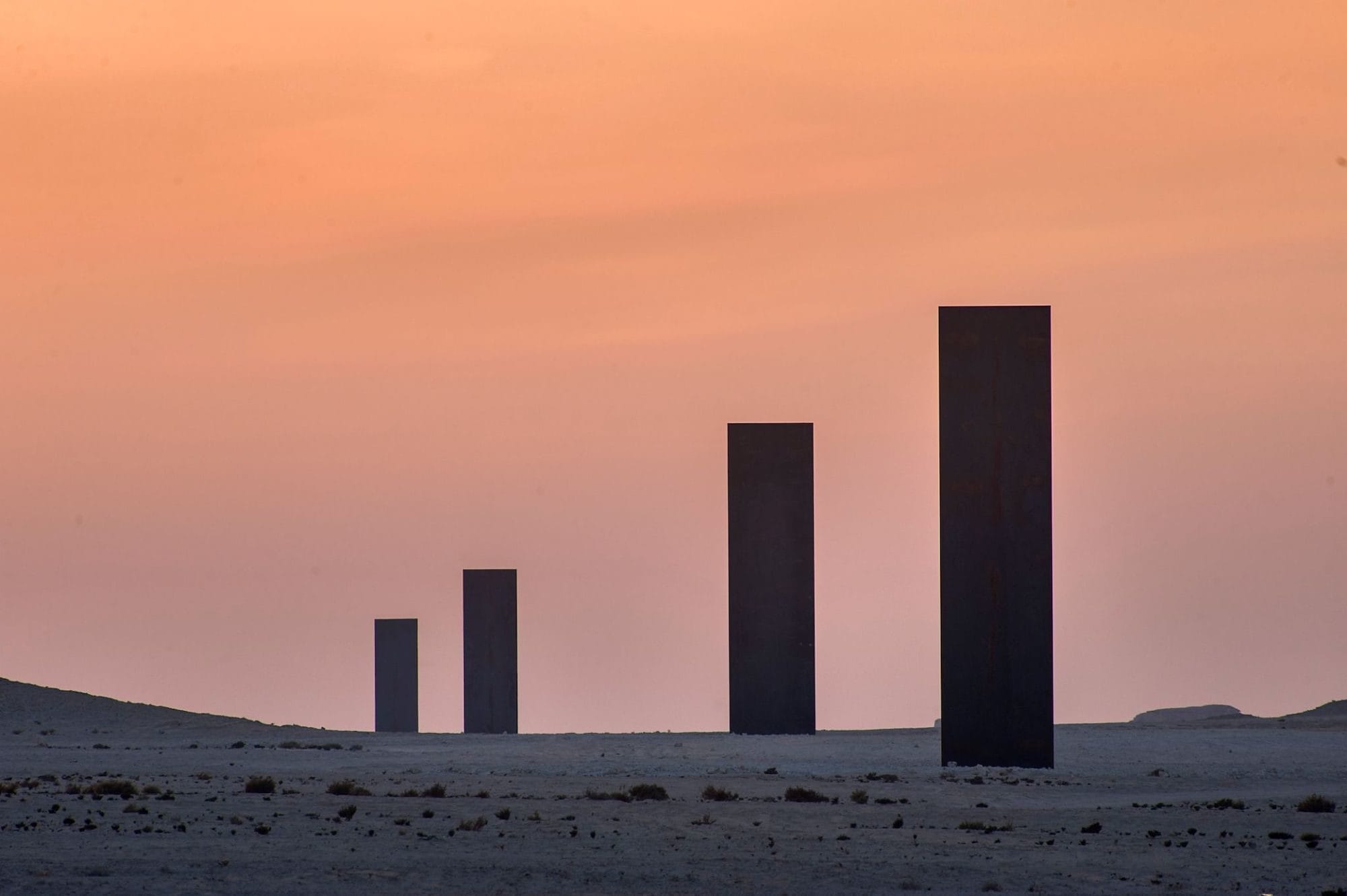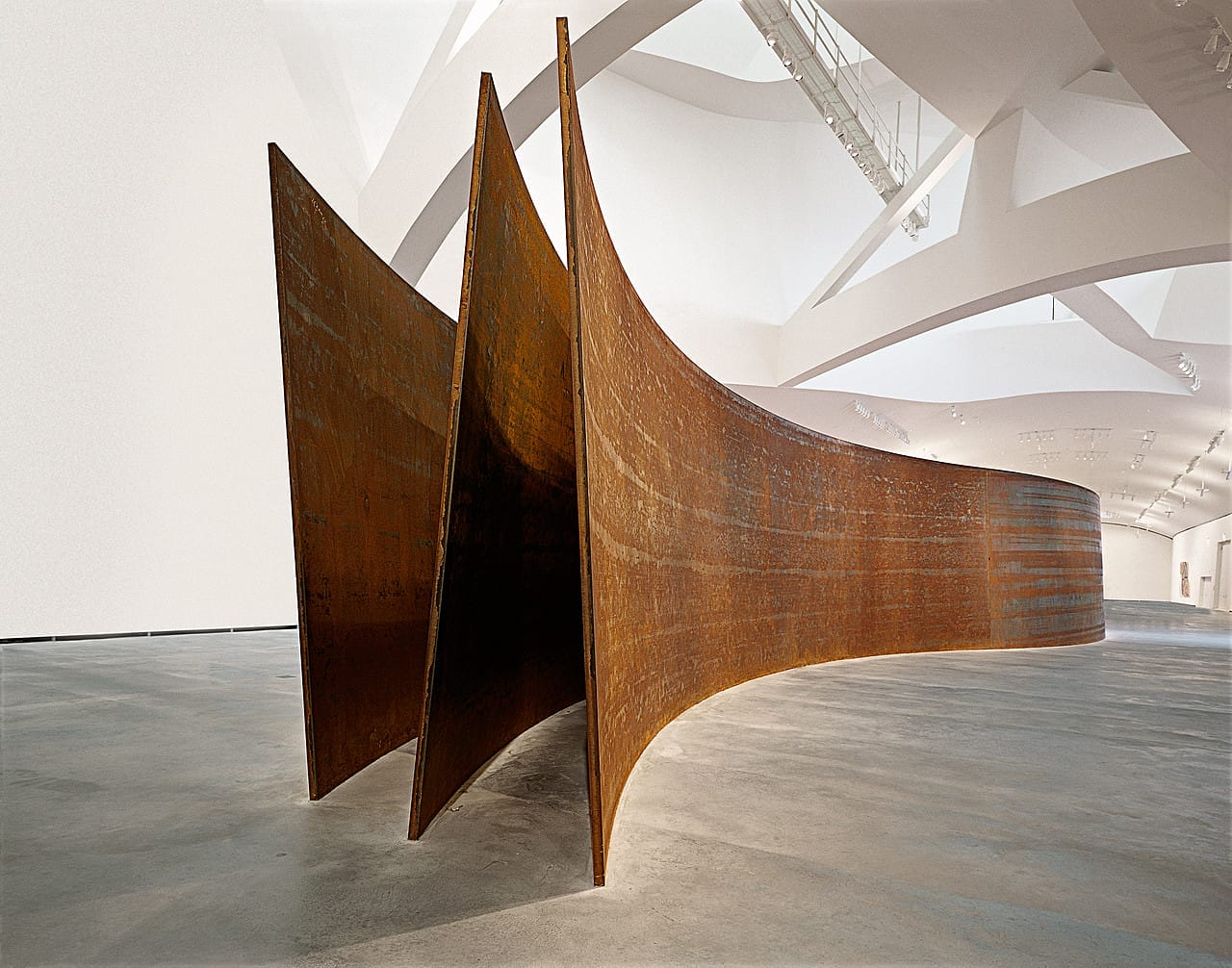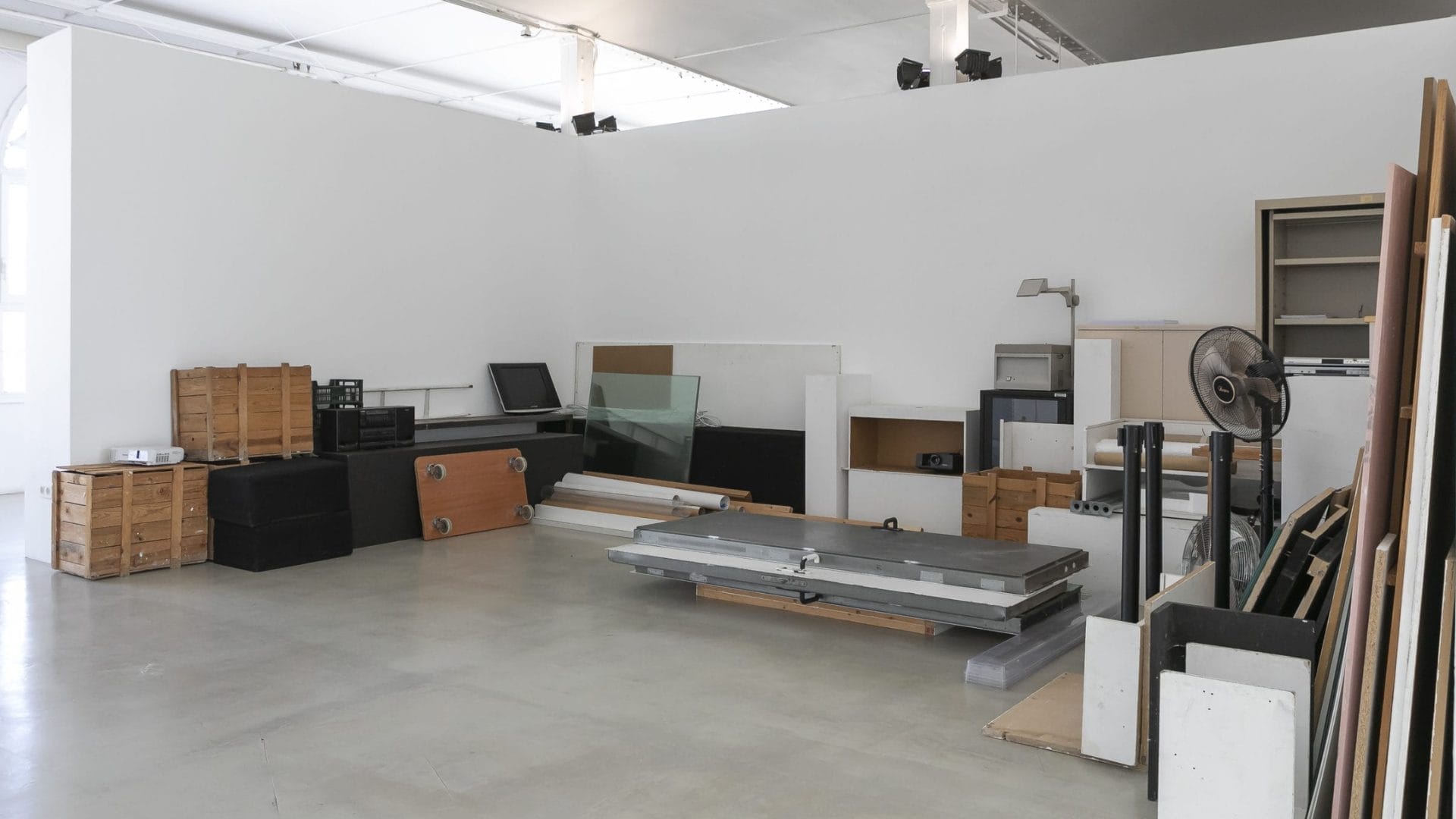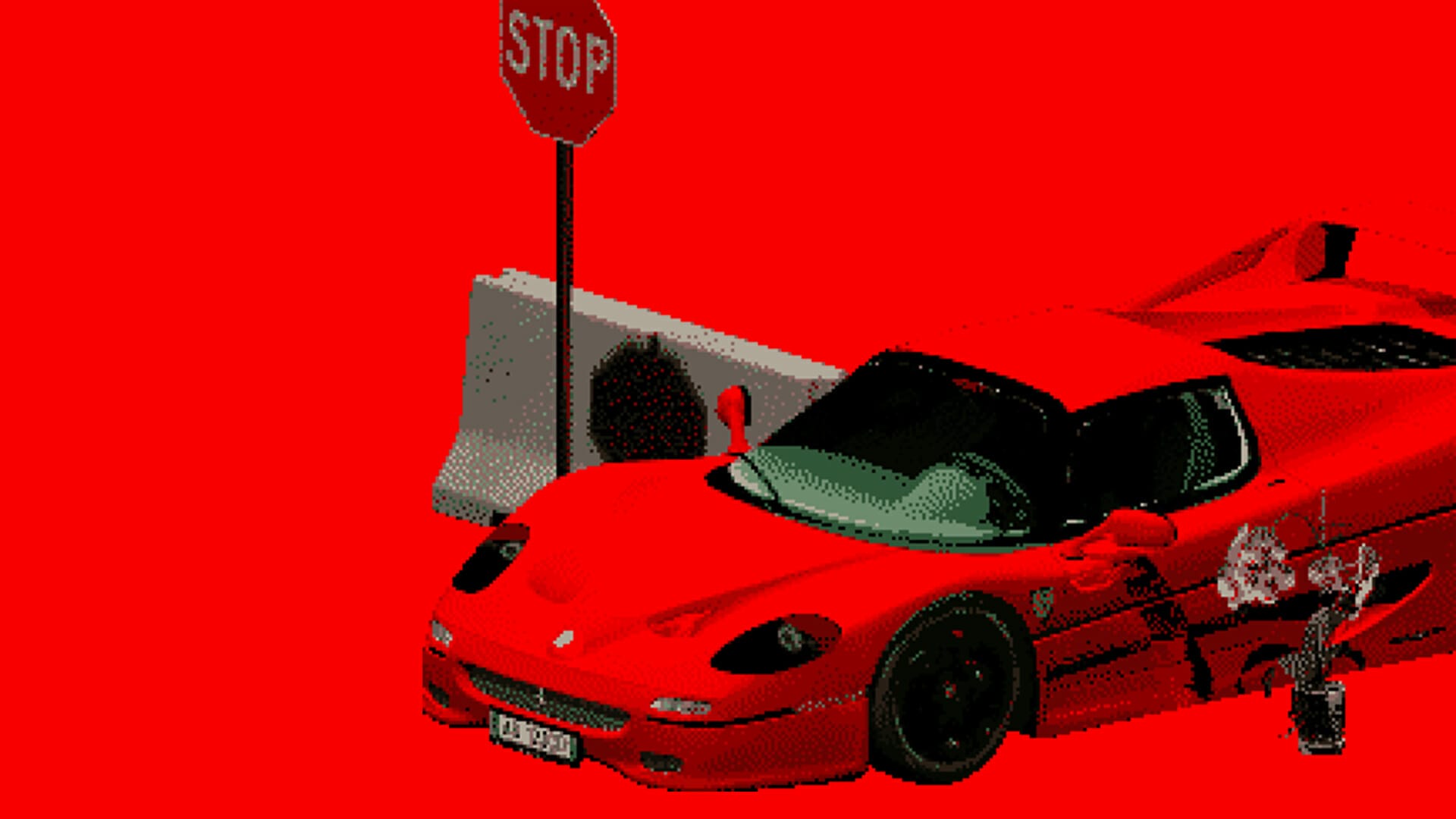
Remembering Richard Serra, Modern Sculpture’s Visionary
Shaping the Void, Transforming Perception
The art world has lost a colossus of modern sculpture with the passing of Richard Serra, an artist whose monumental works redefined our understanding of space, form, and the materiality of sculpture itself.
Serra’s artistic journey began with aspirations of becoming a painter, but he found his true calling in the realm of sculpture, creating pieces that stand as landmarks in the evolution of contemporary art.
Born in San Francisco, Serra was drawn to art from an early age, a passion nurtured by his family and his early exposure to the shipyards where his father worked. This background in the industrial world of steel would later become a foundational element in his work.
Serra’s pieces, often made from massive plates of steel, invite viewers into a dynamic interaction with the works, encouraging a form of “peripatetic perception” that requires movement and exploration to fully grasp their scale and form.
Serra’s approach was radical. He eschewed traditional methodologies, opting instead for a process that emphasized the physical properties of his materials. His works do not merely occupy space; they transform it, creating environments that challenge and engage the viewer in unprecedented ways.
This revised version emphasizes key terms similar to the previous passage, focusing on Serra’s impact and the transformative nature of his sculptures.


Beyond Objects: The Transformative Sculptures of Richard Serra
Perhaps one of the most compelling aspects of Serra’s work is the dialogue it establishes with the viewer. His sculptures are not meant to be passively observed; they are designed to be experienced. This interactivity, a hallmark of Serra’s oeuvre, invites reflection on the relationship between space, the viewer, and the work of art itself. The viewer becomes an integral part of the artwork, navigating the imposing steel forms that Serra so masterfully manipulated.
Serra’s contributions extend beyond his innovative use of materials and forms. His works, often situated in public spaces, challenge the very notion of what public art can be. They are not mere adornments to the landscape but integral elements that redefine and reshape their surroundings. Serra’s sculptures demand engagement, confronting the viewer with their scale, form, and the physical and conceptual space they occupy.
Despite the controversies, Serra’s influence on contemporary art remains undisputed. This particular work, though eventually removed, serves as a pivotal example of Serra’s engagement with the public realm and his challenge to conventional notions of sculpture and space.
His relentless pursuit of new forms and his commitment to the physical and experiential aspects of sculpture have left an indelible mark on the art world. Beyond merely occupying public spaces, Serra’s works engage with them, inviting a reevaluation of our shared environments and the ways in which art interacts with the public domain.
This section emphasizes Serra’s focus on viewer interaction, the transformative role of his sculptures in public spaces, and his challenge to traditional notions of public art.
Serra’s work transcends traditional boundaries, offering a profound commentary on space, form, and the human experience of art. His installations demand a physical and temporal engagement, not just viewing. This emphasis on the experiential, the bodily connection with space and material, challenges viewers to reconsider their relationship with the world. The familiar becomes unfamiliar, inviting deeper contemplation.
In the wake of his passing, the art world mourns a visionary. Richard Serra’s legacy is one of innovation, courage, and dedication to exploring space and form.

Sculpting Spaces: Richard Serra and the Art of Experience
His monumental works stand as testaments to his genius. They are not just sculptures but experiences, deeply embedded in their environments and in those who encounter them.
His works invite future generations to experience the transformative power of sculpture. They show art as an immersive, interactive process, extending beyond galleries and museums into our everyday lives.
Serra’s sculptures are more than objects; they are dialogues with space and time, with history and the future. His enduring legacy lies in his ability to make us see the world, and our place in it, through new eyes.
This revision emphasizes the transformative nature of Serra’s work, the experiential aspect he introduced, and his lasting impact on how we perceive art and the world around us.
Richard Serra (1938-2023, San Francisco, CA): ‘Prop’ sculptures explored from 1968-69, confirmed by exhibitions such as at the Van de Weghe Fine Art gallery highlighting ‘Prop Sculptures 1967 – 1987’ (VDWNY). One Ton Prop (House of Cards) exhibited in 1969, acknowledged by MoMA for its innovation and significance (The Museum of Modern Art). Serra’s first solo gallery exhibitions commenced with Galleria La Salita, Rome (1966), and notably at the Leo Castelli Warehouse, New York (1969). His profound impact on sculpture and public art includes pivotal works and exhibitions like ‘The Matter of Time’ (Guggenheim Bilbao, 2005), and the monumental ‘East-West/West-East’ installation in the Qatari desert (2014) (Royal Academy of Arts).
fakewhale
Founded in 2021, Fakewhale advocates the digital art market's evolution. Viewing NFT technology as a container for art, and leveraging the expansive scope of digital culture, Fakewhale strives to shape a new ecosystem in which art and technology become the starting point, rather than the final destination.
You may also like
Agustine Zeguers, Daniel Llaría, Leire Lacunza Miranda, Luis Lecea, Nazario Díaz Valerian Goalec, Resbalar (una cosa) at CEM Can Felipa, Barcelona
Resbalar (una cosa) by Agustine Zeguers, Daniel Llaría, Leire Lacunza Miranda, Luis Lecea, and Naza
Dance with Innocence – Meet Rocco Gallo
Introducing Rocco Gallo Artist: Rocco Gallo – Birthplace: Mombasa, Kenya, 1991 – Living
A Worm’s Eye View from a Bird’s Beak
“A Worm’s Eye View from a Bird’s Beak” by Raven Chacon, at Swiss Institute in New Yo




